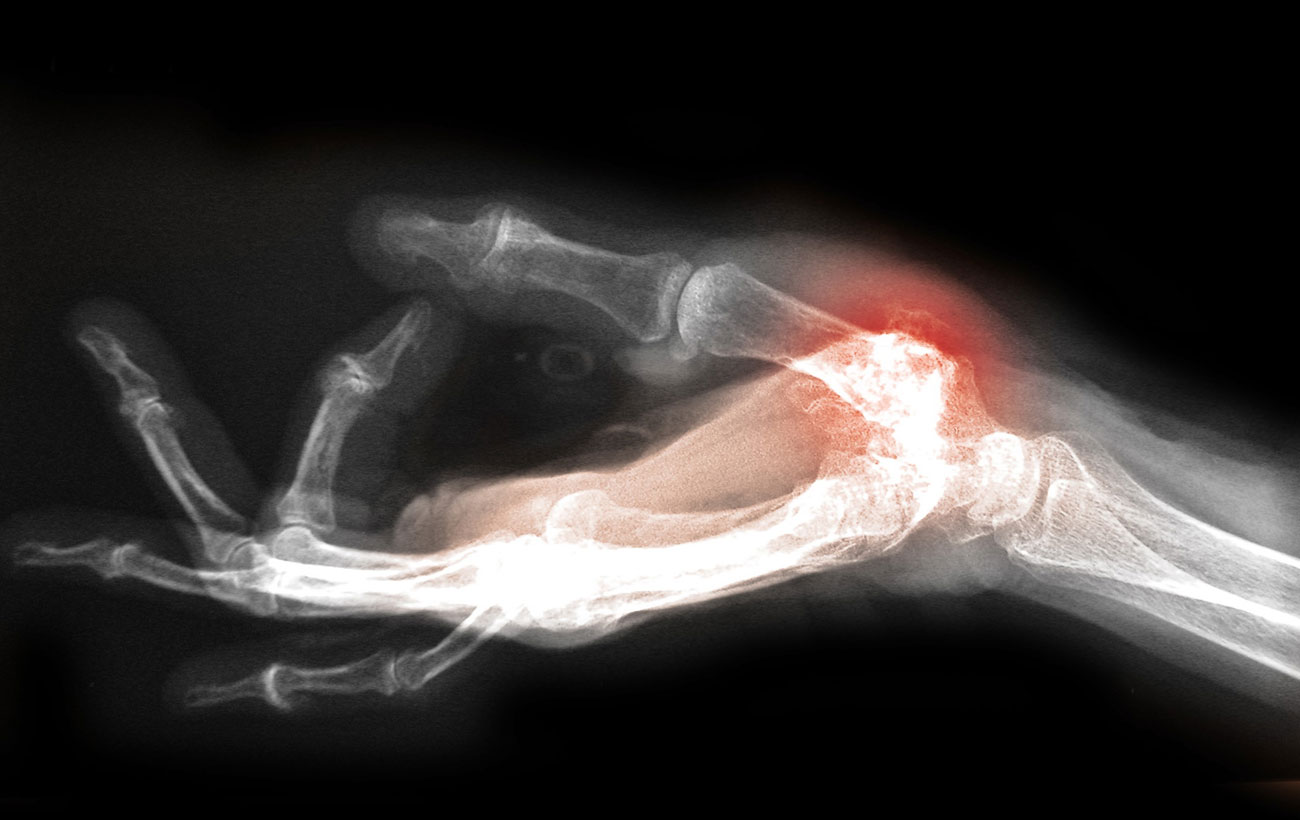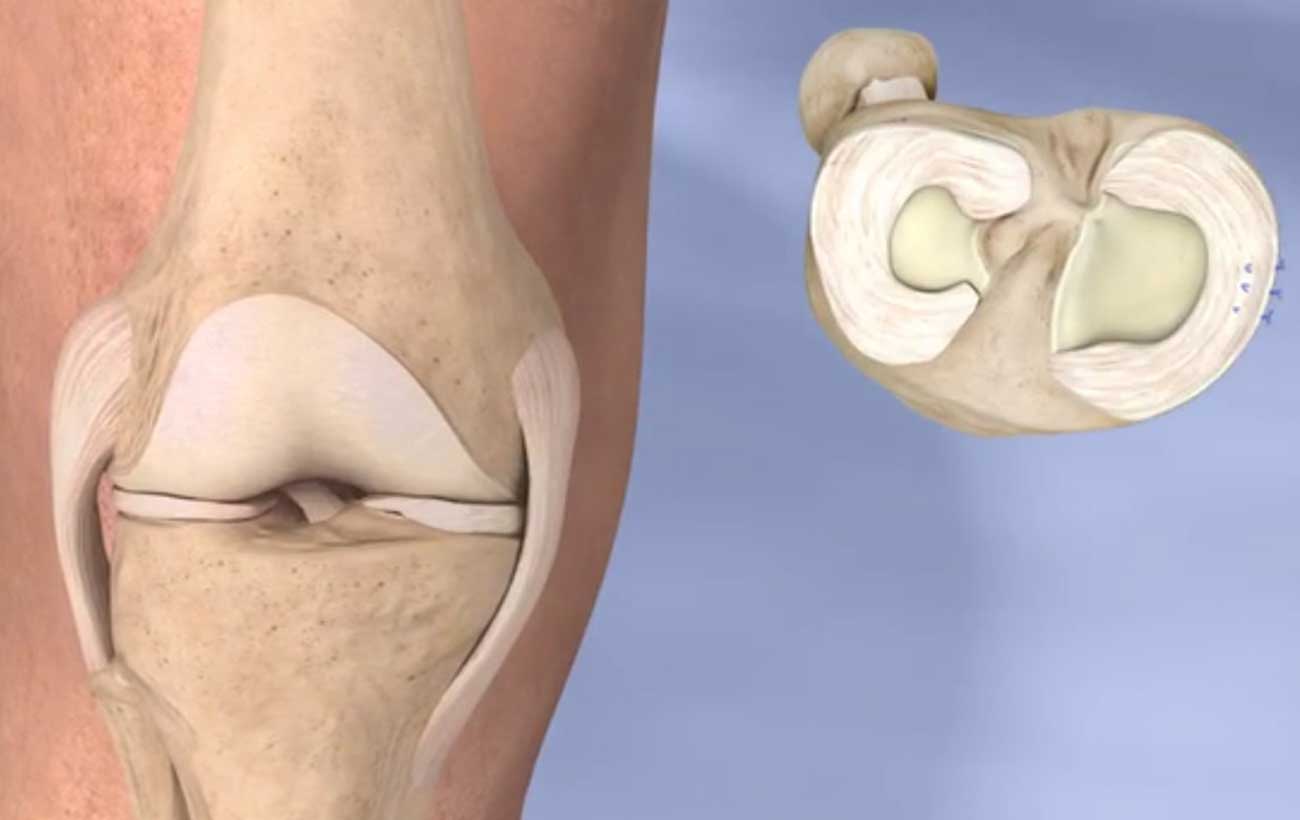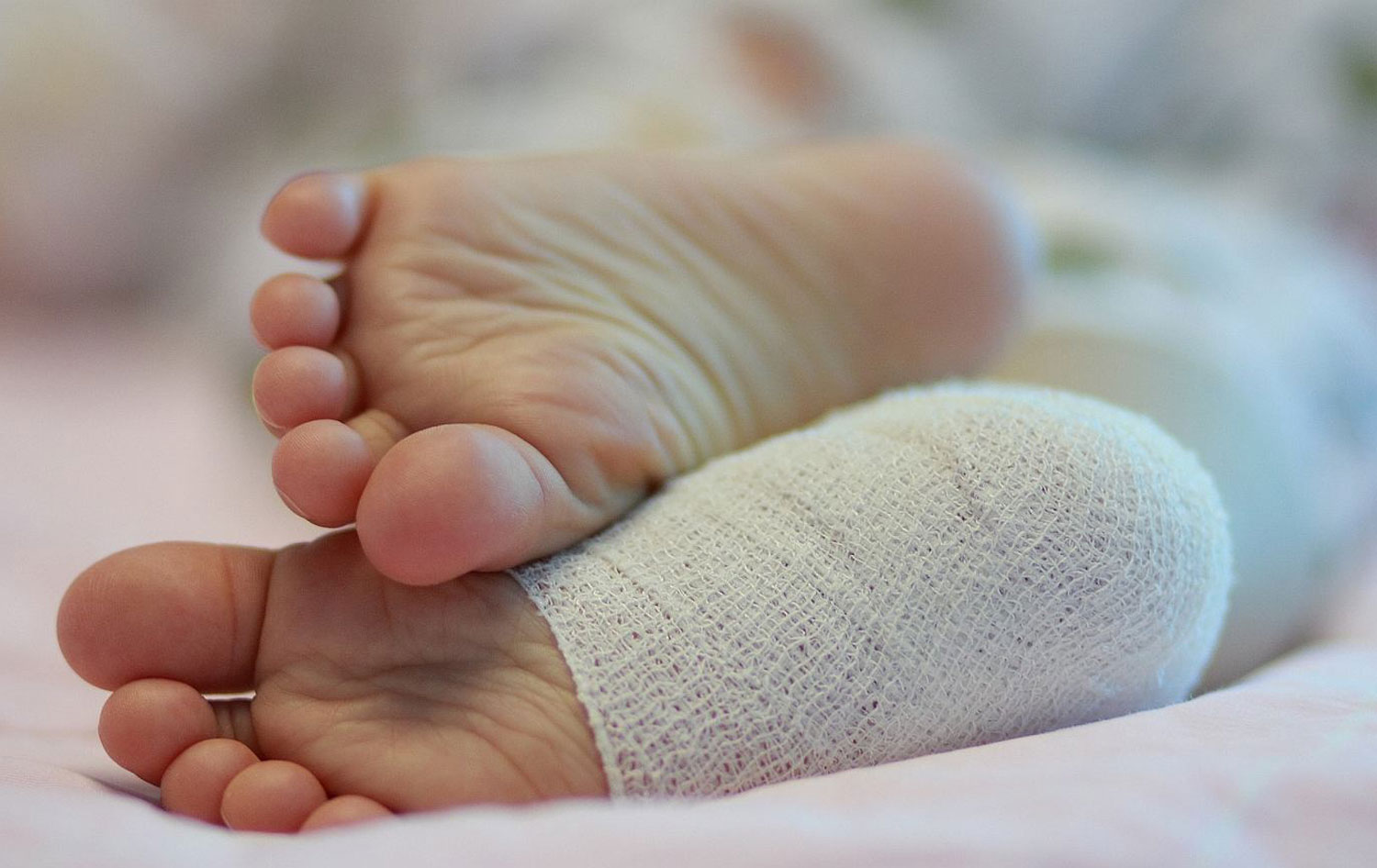innovative techniques Platelet-rich plasma therapy Times have changed since the days of bloodletting, when doctors…

Arthritis
Arthritis and other rheumatic diseases are common conditions that cause pain, swelling, and limited movement. They affect joints and connective tissues around the body.
Arthritis means redness and swelling (inflammation) of a joint. A joint is where 2 or more bones meet. There are more than 100 different arthritis diseases. Rheumatic diseases include any condition that causes pain, stiffness, and swelling in joints, muscles, tendons, ligaments, or bones. Arthritis is usually ongoing (chronic).
Arthritis and other rheumatic diseases are more common in women than men. They are also often linked with old age. But they affect people of all ages.
The 2 most common forms of arthritis are:
Osteoarthritis. This is the most common type of arthritis. It is a chronic disease of the joints, especially the weight-bearing joints of the knee, hip, and spine. It destroys the padding on the ends of bones (cartilage) and narrows the joint space. It can also cause bone overgrowth, bone spurs, and reduced function. It occurs in most people as they age. It may also occur in young people from an injury or overuse.
Rheumatoid arthritis. This is an inflammatory disease of the joint linings. The inflammation may affect all of the joints. It can also affect organs such as the heart or lungs.
Other forms of arthritis or related disorders include:
Gout. This condition causes uric acid crystals to build up in small joints, such as the big toe. It causes pain and inflammation.
Lupus. This is a chronic autoimmune disorder. It causes periods of inflammation and damage in joints, tendons, and organs.
Scleroderma. This autoimmune disease causes thickening and hardening of the skin and other connective tissue in the body.
Ankylosing spondylitis. This disease causes the bones of the spine to grow together. It can also cause inflammation in other parts of the body. It can affect the shoulders, hips, ribs, and the small joints of the hands and feet.
Juvenile idiopathic arthritis (JIA) or juvenile rheumatoid arthritis (JRA). This is a form of arthritis in children that causes inflammation and joint stiffness. Children often outgrow JRA. But it can affect bone development in a growing child.
Risk Factors
Age. The older you are, the more likely you are to have arthritis.
Gender. Women are more likely to have arthritis than men.
Heredity. Some types of arthritis are linked to certain genes.
Risk factors that may be changed include:
Weight. Being overweight or obese can damage your knee joints. This can make them more likely to develop osteoarthritis.
Injury. A joint that has been damaged by an injury is more likely to develop arthritis at some point.
Infection. Reactive arthritis can affect joints after an infection.
Your job. Work that involves repeated bending or squatting can lead to knee arthritis.
Treatments
Treatment will depend on your symptoms, your age, and your general health. It will also depend on how what type of arthritis you have, and how severe the condition is. A treatment plan is tailored to each person with his or her health care provider.
There is no cure for arthritis. The goal of treatment is often to limit pain and inflammation, and help ensure joint function. Treatment plans often use both short-term and long-term methods.
Short-term treatments include:
Medicines. Short-term relief for pain and inflammation may include pain relievers such as acetaminophen, aspirin, ibuprofen, or other nonsteroidal anti-inflammatory medicines (NSAIDs).
Heat and cold. Pain may be eased by using moist heat (warm bath or shower) or dry heat (heating pad) on the joint. Pain and swelling may be eased with cold (ice pack wrapped in a thin towel) on the joint.
Joint immobilization. Using a splint or brace can help a joint rest and protect it from more injury.
Massage. Lightly massaging painful muscles may increase blood flow and bring warmth to the muscle.
Transcutaneous electrical nerve stimulation (TENS). Pain may be eased with a TENS device. The device sends mild, electrical pulses to nerve endings in the painful area. This blocks pain signals to the brain and changes how you feel pain.
Acupuncture. Thin needles are inserted at certain points in the body. It may help the release of natural pain-relieving chemicals made by the nervous system. The procedure is done by a licensed healthcare provider.
Long-term treatments include:
Disease-modifying antirheumatic drugs (DMARDs). These prescription medicines may slow down the disease and treat any immune system problems linked to the disease. Examples of these medicines include methotrexate, hydroxychloroquine, sulfasalazine, and chlorambucil.
Corticosteroids. Corticosteroids reduce inflammation and swelling. These medicines, such as prednisone, can be taken by mouth (orally) or as a shot.
Hyaluronic acid therapy. This is a joint fluid that appears to break down in people with osteoarthritis. It can be injected into a joint such as the knee to help ease symptoms.
Surgery. There are many types of surgery, depending on which joints are affected. Surgery may include arthroscopy, fusion, or joint replacement. Full recovery after surgery takes up to 6 months. A rehabilitation program after surgery is an important part of the treatment.



